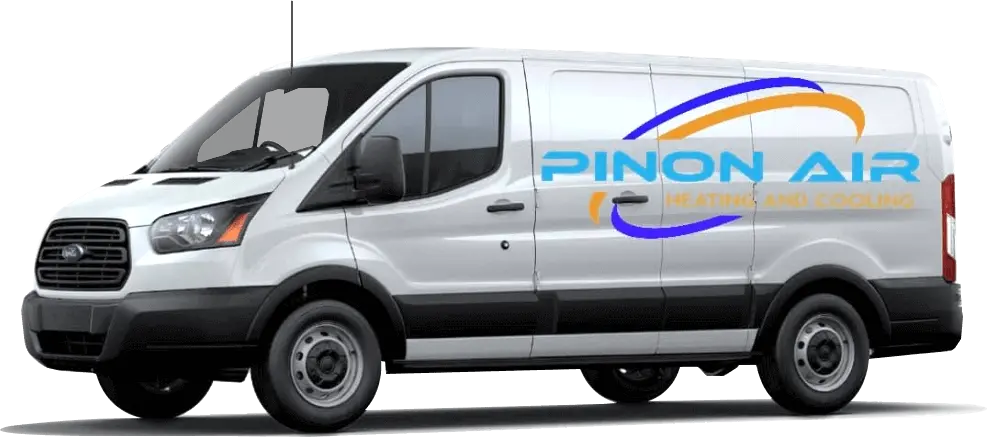When you’re living through a Peoria summer, there’s no backup plan for a broken air conditioner. AC systems play a big role in keeping indoor spaces comfortable when temperatures soar. But even when everything seems to be working, water suddenly appearing around the unit can throw homeowners off. One of the most common causes of this kind of problem is a clogged condensate drain line. If ignored, it doesn’t just affect cooling—it can lead to wall or ceiling damage, ongoing moisture buildup, and even mold growth.
Clogs in the drain line don’t usually start as big problems. They can build up slowly, and many homeowners don’t notice there’s an issue until water starts pooling or the unit shuts off unexpectedly. In a place like Peoria, this can mean long stretches of heat with no cooling relief. Getting ahead of these clogs, spotting the early warning signs, and knowing when to get professional help can save both time and money while helping ensure steady comfort through the hottest months of the year.
Recognizing the Signs of a Clogged AC Condensate Drain
One of the first things to look for is standing water around or underneath the indoor unit. This usually means the condensate isn’t draining like it should. The drain line is supposed to move moisture from the AC system safely outside. When that pathway gets blocked, water can reverse course and pool around your system instead.
Besides puddles, other red flags include:
– Short cycling, where the AC turns off before reaching the set temperature
– The unit stopping completely even though the thermostat is still active
– A sudden increase in indoor humidity even when the AC is running
– Musty or moldy smells spreading from vents throughout the home
All of these warning signs point to moisture staying inside the system. The humid environment inside the drain pan creates conditions for mold and bacteria to grow, which then impacts air quality inside the home. These problems build quietly and get worse over time. Some homeowners mistake the symptoms for other AC issues, leading to confusion or wrong fixes. Knowing these signs up front helps get the right solution in place sooner.
Common Causes of AC Condensate Drain Clogs
Understanding what leads to a clogged drain line makes it easier to deal with the issue before it causes damage. In Peoria, the summer heat means your AC unit has to work a lot harder and longer. This naturally produces more condensation, which moves through the drain line regularly.
Clogs usually form because of the following:
– Dust, dirt, and other particles collect in the line after traveling through the air filter and coils
– Algae or mold grow inside the line over time due to moisture and warmth
– Poor installation resulting in improper slope or placement of the condensate pipe
– Lack of regular inspections, which allows small buildup to go unnoticed until it’s a full blockage
Even clean homes can run into this issue. One example is a household that rarely runs ceiling fans or uses closed windows to keep heat out. While it limits dust, it also means the indoor AC is running harder, producing more moisture that moves through the system daily. Over time, the amount of buildup in the drain line increases, especially if the system hasn’t been cleaned or checked recently. This eventually leads to drainage problems, wet floors, or shutdowns during the middle of a heatwave.
Preventive Measures to Avoid Clogs
AC maintenance in Peoria should not wait until something goes wrong. The best way to stop a condensate drain clog is to prevent it from forming in the first place. Once a blockage starts to slow down water flow, the chances of leaks or indoor damage go up fast. Instead, a few simple habits can go a long way toward keeping the line clear and your system running without interruption.
Start with routine maintenance. Homeowners should plan to have their AC system looked at before peak usage in the summer. During these checkups, any buildup inside the drain line can be removed before it causes problems. A professional cleaning doesn’t just handle the issue—it also confirms that water is moving freely out of the system.
Next, keep the area around your indoor AC unit clean. If dust, pet fur, or debris collects around vents and returns, it gradually moves into the system and into the drain line. Cleaning floors and changing air filters regularly helps reduce how much of that makes its way inside.
Here are a few more ways to guard against clog-related issues:
– Never store items directly next to the air handler that can shed dirt or lint
– Use a high-quality air filter and replace it based on manufacturer guidelines
– Watch for algae buildup near the drain pan or drains and report it early
– Schedule inspections with our technicians before every summer season
These steps do not remove all risk, but they can reduce the need for bigger repairs and help your AC system handle daily use smoothly during summer months in Peoria.
Steps to Address a Clogged Condensate Drain
If you have a clogged drain and your AC is acting up, there are a few early steps that can help determine if it’s time to bring in our professionals. While clogs are common, they can lead to more serious damage if left unchecked, especially during periods of constant system usage.
Start by cutting the power. Always turn off your AC at the breaker and thermostat before doing anything around it. Once it’s off, look for signs of pooling water under the unit and trace it back to the source. If water backs up into the drain pan, there’s almost certainly a block in the line.
Here is a simple breakdown of what to check and do next:
1. Inspect the drain line where it connects to the indoor unit for visible dirt or growth
2. Use a wet/dry vacuum at the drain line’s exit point outside of your home to try pulling out the clog
3. Slowly flush the indoor line with white vinegar and warm water to help break apart buildup
4. Recheck the drain line and drain pan for standing water after treatment
5. If the water doesn’t clear quickly or returns shortly after, it is time to call our professionals to fully assess the issue
Most clogged drain problems do not go away without thorough cleaning. If you have flushed the line but are still seeing signs like high humidity, system shutdowns, or musty smells, chances are the blockage is deeper in the system or the pipe slope is not set properly. In either case, hands-on attention from trained technicians is needed to completely fix the problem.
Keeping Your AC System Running Smoothly
Once a condensate drain clog is cleared, the biggest goal is preventing it from coming back. Built-up debris and organic growth can return quickly without regular checks. In Peoria, with how hard AC systems need to work every summer, it is not enough to hope for the best. Making professional checkups part of your maintenance routine gives your system a better shot at staying clear all season.
Scheduling routine service at least once a year can support your system’s performance. During these visits, all components including the drain line get inspected. Issues like poor slope or dirt collection can be corrected on the spot, keeping costly damage and downtime to a minimum. A system that is kept in shape will not have to work as hard keeping your home cool, which also helps extend its service life.
Homeowners who invest in regular upkeep tend to catch issues before they escalate. This can mean avoiding emergency calls on the hottest weekends or unnecessary spikes in energy usage. More importantly, it means peace of mind knowing your system is set up to cool your home without interruption.
Ahead of Summer, Stay Ready in Peoria
Ignoring a clogged AC condensate drain can lead to more than a temporary inconvenience. Humidity, system breakdowns, and water damage are all problems that start with this one issue. In Peoria, where temperatures rise quickly in the summer, even a day without cooling can cause discomfort. That is why it is important to take signs of a clog seriously and act quickly.
Whether you are seeing water around the indoor unit or noticing higher humidity, it is not something to leave for later. Early action and routine maintenance are the most effective ways to keep your AC performing through the summer months. Taking steps now helps avoid stress later and keeps your home comfortable when the weather does not give you a break.
If regular upkeep keeps your system efficient and prevents unexpected breakdowns, consider scheduling a visit with Pinon Air Heating and Cooling to ensure your AC is clear of clogs and ready for the heat. Stay ahead of the season by investing in AC maintenance in Peoria with our experienced team. For a quick estimate or to book a service visit, please contact us today.






